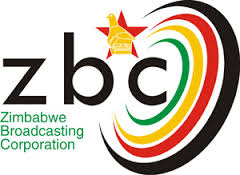Story by Abigirl Tembo, Health Editor
EXPERTS in HIV and AIDS management attending the launch of the Global Alliance to end AIDS in children by 2030 in Tanzania say there is a need to intensify the initiative.
The 12 African countries gathered in Dar es Salaam, all have one goal which is to end AIDS in children by 2030.
United Nations agencies and civil society movements, including the global network of people living with HIV and health ministry officials from affected countries, held discussions this Tuesday on the plan of action.
“I think as a country, Zimbabwe, we are on the right track,” said Pan African Positive Women’s Coalition Zimbabwe National Director, Tendayi Westerhof.
“This global process to end AIDS in children is complementing the work that Zimbabwe is already doing at the country level which is the elimination of mother-to-child transmission of HIV through the country’s validation process.”
According to National PMTCT and Paediatric HIV Care and Treatment Coordinator in the Ministry of Health and Child Care, Dr Angela Mushavi, there is a need to close the wide gap in treatment coverage between adults and children when it comes to HIV.
“We have attained certain indicators, milestones in terms of service for children, in terms of the global alliance to end AIDS in children by 2030. It gives us a certain mindset, rethinking of the programmes we need to employ so that we do not have these disparities for women and children.
“Our approach needs to target adolescent girls, young women and young mothers because when we look at our data, we find that the HIV-positive pregnant and breastfeeding women, the majority of them are less than 30 years. We are now seeing this phenomenon of very young girls coming in pregnant and sometimes they come in late when they are pregnant.
“We must have a focused approach which is youth friendly, also focusing on these young parents. Previously, we used to say you are pregnant and we cared for them the same, but now we have to differentiate our care and target this vulnerable population of adolescents and young women,” said Dr Mushavi.
The latest data released in the UNAIDS global AIDS update for 2022 reveals that only half of the children living with HIV are on life-saving treatment at 52%, far behind adults where three quarters at 76% are receiving antiretrovirals, a gap the alliance is seeking to close to end AIDS in children by 2030.




